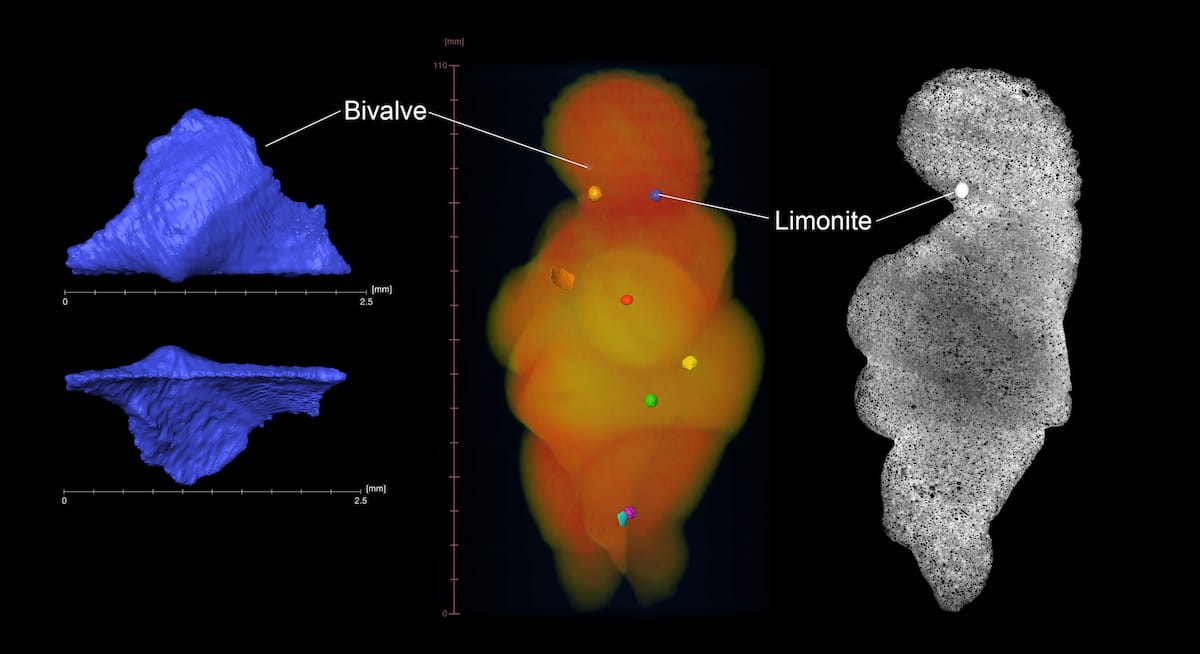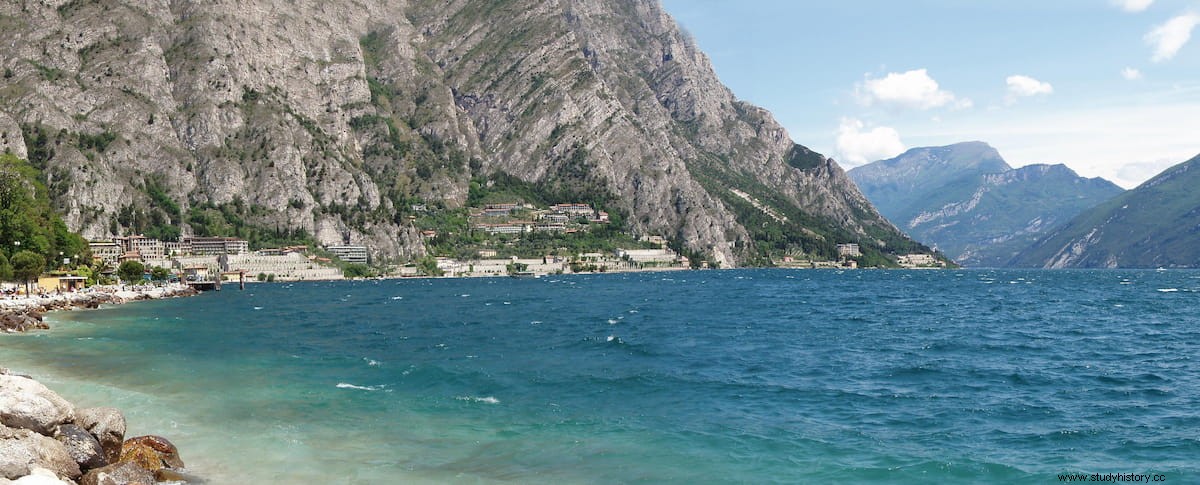The almost 11 centimeters tall statuette of the Venus of Willendorf is one of the most important examples of early art in Europe. It is made from a rock called an oolith that is not found in or around Willendorf. A research team led by anthropologist Gerhard Weber of the University of Vienna and geologists Alexander Lukeneder and Mathias Harzhauser, as well as prehistorian Walpurga Antl-Weiser of the Natural History Museum in Vienna, has now discovered, with the help of of high-resolution tomographic images, that the material with which the Venus was carved probably comes from northern Italy. This sheds new light on the remarkable mobility of early modern humans south and north of the Alps. The results were published in Scientific Reports .
The Venus of Willendorf is not only special because of its design, but also because of its material. While other Venus figures are usually made of ivory or bone, sometimes also of different stones, oolite was used for the Venus of Lower Austria, which is unique for this type of cult object. The statuette found in the Wachau Valley in 1908 and exhibited in the Natural History Museum in Vienna had so far only been examined from the outside. Now, more than 100 years later, anthropologist Gerhard Weber of the University of Vienna has used a new method to examine its interior:microcomputerized tomography. Over several passes, the scientists obtained images with a resolution of up to 11.5 micrometers, a quality that would otherwise only be seen under a microscope. The first view obtained is:The Venus does not appear uniform at all in its interior. A special property that could be used to determine its origin , says the anthropologist.
Together with the two geologists Alexander Lukeneder and Mathias Harzhauser from the Natural History Museum in Vienna, who had already worked with oolites, the team obtained comparative samples from Austria and Europe and evaluated them. A complex project:rock samples were obtained from France to eastern Ukraine, from Germany to Sicily, sawn and examined under a microscope. The team was supported by the state of Lower Austria, which provided funds for the laborious analyses.
The interior also gives information about the exterior
Tomographic data from the Venus showed that the sediments were deposited on the rocks in different densities and sizes. There were also small remains of shells and six very dense and larger grains, the so-called limonites. The latter explains the hitherto mysterious hemispherical cavities on the surface of Venus with the same diameter:the hard limonites probably appeared when the creator of the Venus sculpted it , Weber explains:in the case of the navel of the Venus, he apparently made it a virtue out of necessity .

Another finding:the oolith of Venus is porous because the nuclei of the millions of globules (ooids) that make it up had dissolved. This is a great explanation for why the ingenious sculptor chose this material 30,000 years ago:It's much easier to work with. The scientists also identified a tiny shell remnant, just 2.5 millimeters long, and dated it to the Jurassic period. This ruled out all other possible deposits of the rock from the much later geological age of the Miocene, such as those in the nearby Vienna Basin.
A long road for that time
The research team also analyzed the grain sizes of the other samples. Hundreds, sometimes even thousands, of grains were marked and measured with image processing programs or even manually. None of the samples within a 200-kilometre radius of Willendorf even remotely matched. Analysis ultimately showed that the Venus samples were statistically indistinguishable from those from a site in northern Italy, near Lake Garda.
This is remarkable because it means that Venus (or at least the material part of it) began a journey from south of the Alps to the Danube north of the Alps. The people of the Gravettian - the tool culture of the time - sought out and inhabited favorable places. When the climate or the situation of the dams changed, they moved, preferably along the rivers explains Gerhard Weber. This journey could last generations.

One of two possible routes from south to north would lead around the Alps and onto the Pannonian Plain and was described in simulations by other researchers a few years ago. The other way to get from Lake Garda to the Wachau Valley would be through the Alps. It is not clear if this was possible more than 30,000 years ago due to the climatic deterioration that began at that time.
It would be a rather unlikely variant if there had already been continuous glaciers at that time. However, the 730-kilometer run along the Etsch, the Inn and the Danube was always below 1,000 meters above sea level, with the exception of 35 kilometers at Lake Reschen.
Possible, but less likely, connection to eastern Ukraine
The statistics clearly point to the north of Italy as the origin of the oolith rock of the Venus. However, there is another interesting place for the origin of the rock. It is in eastern Ukraine, more than 1,600 linear kilometers from Willendorf. The samples from there do not fit as neatly as those from Italy, but they fit better than the rest of the sample.
Here's an interesting connection:Somewhat younger, but very similar-looking Venus figures found in Austria were found in nearby southern Russia. The genetic results also show that the peoples of central and eastern Europe were connected to each other at this time.
The exciting story of the Venuses of Lower Austria could continue. Until now, only a few systematic studies have dealt with the existence of the first humans of this time in the Alpine region, and their mobility. The famous Ötzi, for example, only appears much later, specifically 5,300 years ago. We want to use these results from the Venus and our new Viennese research network in cooperation with anthropology, archeology and other disciplines, to further clarify early history in the Alpine region , concludes Weber.
